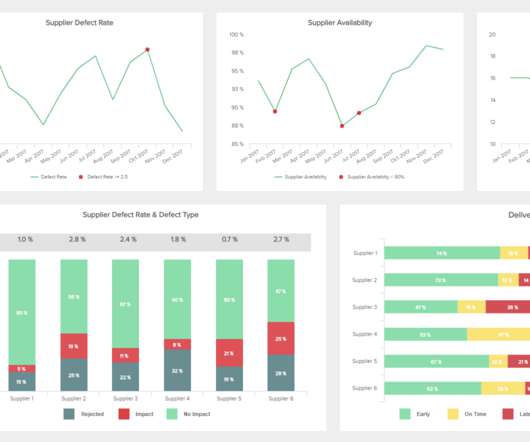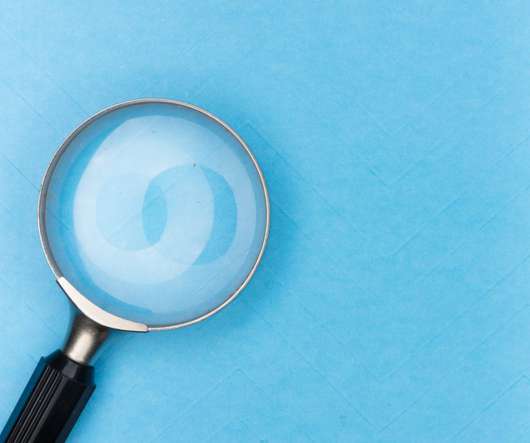What is business analytics? Using data to improve business outcomes
CIO Business Intelligence
JULY 5, 2022
Business analytics and business intelligence (BI) serve similar purposes and are often used as interchangeable terms, but BI can be considered a subset of business analytics. Whereas BI studies historical data to guide business decision-making, business analytics is about looking forward. Business analytics techniques.




















Let's personalize your content